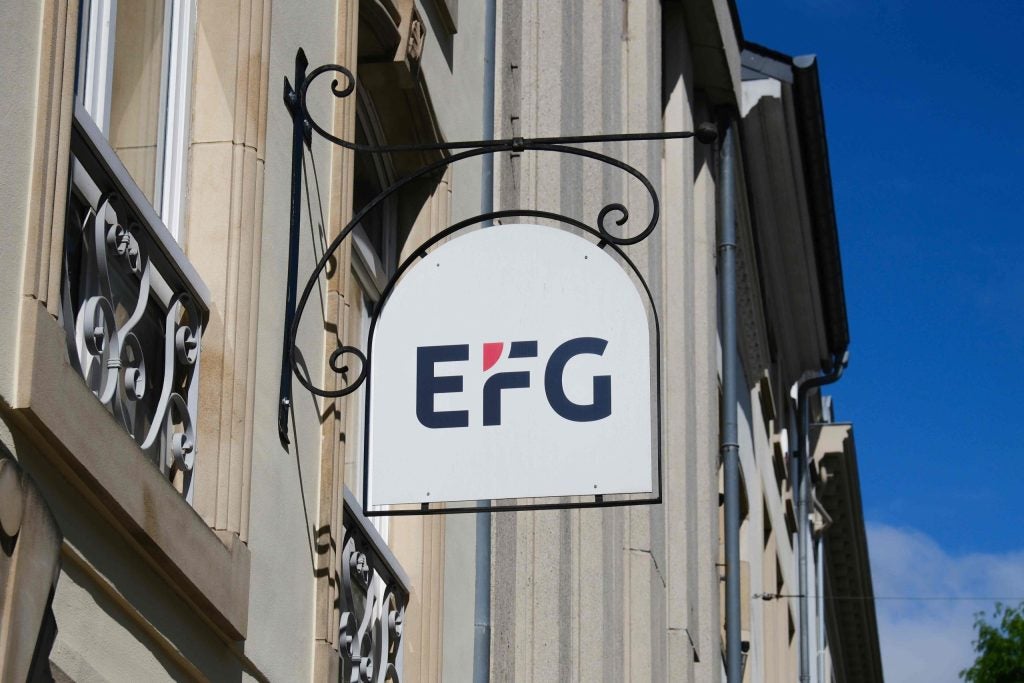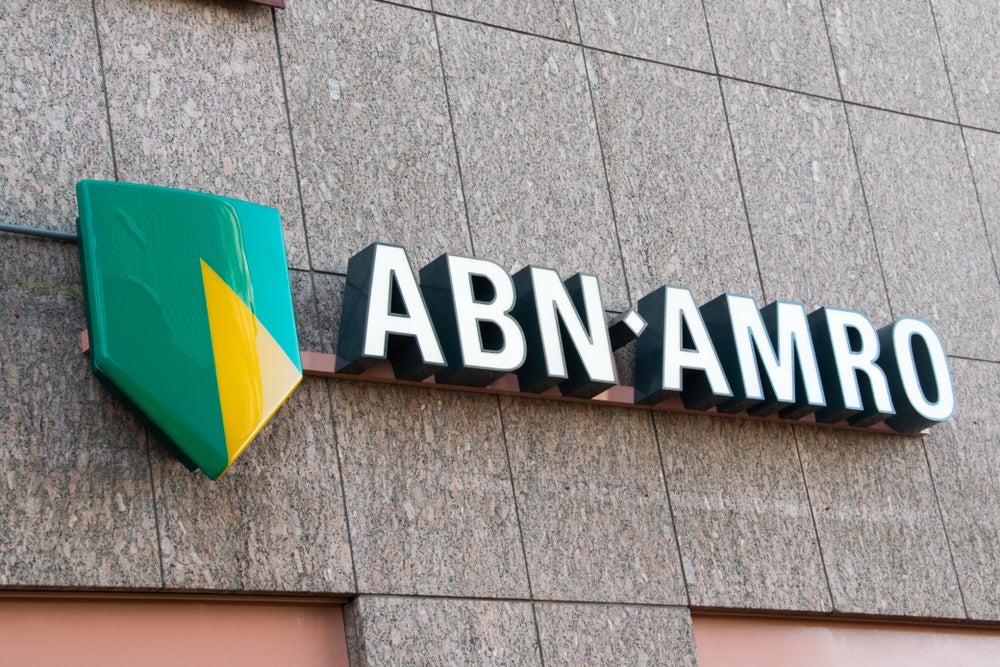Since setting up shop in
Australia only 12 years ago, ING Direct has become the country’s
fifth-largest bank for retail deposits and retail home loans, with
market shares of just over 3.5%. In fiscal 2010, ING Direct
Australia posted its highest ever profit. Will Cain and Douglas
Blakey report.
 Andrew Henderson, chief information officer (CIO) at
Andrew Henderson, chief information officer (CIO) at
ING Direct in Australia, is no stranger to difficult banking
environments. His previous role at ING was leading an abortive
project to build a retail bank in the politically and economically
torn state of the Ukraine.
A year into the job in Australia,
Henderson now has an altogether different, though no less
challenging, to-do list. Regulatory reform on banking competition,
funding constraints and declining domestic demand for loans is
spurring an intense battle for market share, particularly in the
online space where ING specialises.
The bank is defending its turf with
an emphasis on simplicity, customer service and a range of internet
and m-banking innovations.
 “We offer fair
“We offer fair
value to a number of different customer segments,” he said.
How well do you really know your competitors?
Access the most comprehensive Company Profiles on the market, powered by GlobalData. Save hours of research. Gain competitive edge.

Thank you!
Your download email will arrive shortly
Not ready to buy yet? Download a free sample
We are confident about the unique quality of our Company Profiles. However, we want you to make the most beneficial decision for your business, so we offer a free sample that you can download by submitting the below form
By GlobalData“What we are offering is pretty
transparent and customers opt into that. No hidden fees, we are
pretty clear in what the customer can and can’t do in dealing with
our channels and great customer service. It doesn’t matter whether
you’re coming through the call centre or online. What you see is
what you get.”
Home loans have become the area
where the competition in Australian banking has been illustrated
most clearly.
CBA and Westpac have reduced rates
on mortgages and increased loan-to-value ratios to 95%. NAB has
used its online UBank brand, launched in 2008, as the channel for
the industry’s cheapest current mortgage offer.
 But
But
UBank’s most recent offer – an eye-catching 6.99% standard
variable-rate home loan, about 0.8% lower than most of the major
banks’ main mortgage products – comes with a catch.
While there are no fees involved to
obtain and run the UBank loan, it is only on offer to home owners
who want to refinance or switch from an existing mortgage; and it
is only available to customers who require a maximum loan-to-value
mortgage of 80%.
Despite the limitations of that
mortgage product, UBank represents the most direct challenge to
ING’s dominance in the online space as it ramps up it efforts to
become a full-service web-based bank, along with CBA’s online brand
NetBank.
Henderson said despite a renewed
emphasis from the big four in their online offerings, he is
 happy
happy
with its position in the market.
“We offer a direct mortgage
solution right now and our customers can apply for a direct
mortgage through our direct channels,” he said.
“We are pretty comfortable with the
way our products are priced and the value they offer the
customer.
“Obviously we are keeping an eye on
what’s happening, but we are comfortable with the position we are
in right now.”
An important part of ING Direct’s
strategy to defend its market share is a focus on innovation
through its core online channel and increasingly, investment in the
mobile channel.
The main areas of focus are
personal financial management and an upcoming launch of
“pay- by-bump
by-bump
technology” which allows consumers to transfer money quickly
between mobile phones.
The technology has been offered by
PayPal since last year and allows consumers in close proximity to
make payments to each other by bumping their iPhone or Android
smart phones together. The application is able to pinpoint the
identities of the two mobile phones and enables one user to input a
value to transfer across to the other party’s PayPal account. ING
Direct expects to have a similar product in the market by September
this year.
Personal financial management (PFM)
technology, a tool which helps consumers manage and analyse their
finances and spending patterns, is another area of interest to
Henderson. A launch of PFM is further away because many of the main
providers of the tools are based in the US and are not yet
operational in the Australian market.
Henderson said PFM is one of a
range of initiatives he was considering.
He said the bank would look to add
to its current product offering selectively in the coming year.
“You have got to really look at
what is possible and what adds value in terms of the customer
experience,” he said.
“One thing we don’t want to get
into is chasing the technology market around and coming up with
different solutions for different things because it is confusing
for customers. It also starts to push you away from a low cost
model, which is a huge advantage for us. We will wait for the dust
to settle to some degree.”
Technology is not the only thing
required to build an online platform that customers want to use,
however. Henderson said 80% of the usage of the ING Direct website
was for simple enquiries like balance checks and transactions. It
suggests that, more than anything, successful online propositions
need to allow consumers to get in, get out and get around as
quickly as possible.
Something of a banking technology
arms race has broken out in Australia.
In February, CBA said it would
increase investment in its new core banking system –SAP for Banking
– from its original estimate of A$580m ($593m) to A$1.1bn.
The following month, in a briefing
to analysts, CBA claimed its new core banking platform gave it an
IT lead of three to five years over its rival banks in the
region.
CBA CEO Ralph Norris said the IT
investment would reduce the time to market for new product from
months to days.
CBA CIO Michael Harte told analysts
the bank was already in discussions with PFM vendors and a PFM tool
would transfer the benefits of real-time account processing from
the core into the hands of customers.
NAB is also investing in its
banking IT systems, via the use of a new Oracle platform for its
UBank subsidiary which will be rolled out across the rest of the
group in due course.
Meantime, Westpac announced in July
last year that it had selected technology from US-based Fiserv for
an overhaul of its retail online services.
At ING, Henderson said it had kept
IT systems as simple as possible.
“Most of our high volume stuff is
simple transaction history, account information-type queries. We
have in the past had some fairly simple products,” he said.
It is a strategy which seems to be
working for ING in Australia; total customer numbers have grown to
1.4m and in fiscal 2010, net income grew by 5% to A$275.9m, its
highest ever.
Accumulated profits before tax from
the ING Direct unit in Australia are now approaching €1bn since its
establishment in 1999.
Deposits increased by 10% to more
than $23bn, equivalent to a market share of just over 3.5% of the
country’s total retail deposits.
Its cost-income ratio was 38%, but
one negative was a 12 basis point drop in its net interest margin
from 1.37% in 2009 to 1.25% and considerably lower than its big
four rivals.
NAB’s net interest margin, for example, stands at around
2.2%.
See also: Australian banking
challenges







